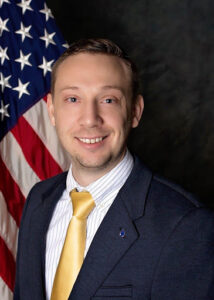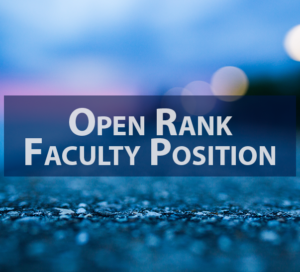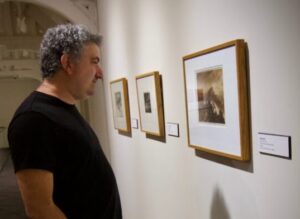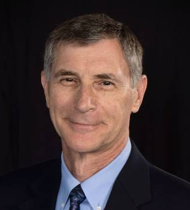 Abstract: The mission of AFRL’s Multidisciplinary Science and Technology Center (MSTC) is to discover, assess, and exploit coupled system behavior for optimization of revolutionary aerospace vehicles through the application of multidisciplinary design, analysis, and optimization (MDAO). To this end, MSTC performs in-house research and sponsors efforts ranging from basic developments in FEA, CFD, design space exploration, physics-based design, and experimental testing through technology demonstration vehicles including the X-56 and XQ-58A. An area of ongoing interest in MSTC is the development of topology optimization (TO) methodologies for the design of efficient aircraft structure. Commercially available tools for TO have successfully been employed for aircraft components such as lightweight brackets and other localized components. However, it remains a challenge to utilize these density-based methods to design aircraft primary structure that is subject to diverse design constraints including aeroelastic deformations, flutter, panel buckling, stress requirements, and control effectiveness criteria. To address this challenge, a biologically-inspired technique based on the production rules governing cellular division of living organisms has been developed and applied to identify optimal topological layouts of air vehicle structure. Preliminary results demonstrate over 10% reductions in structural weight is from TO compared to optimally-sized structure with conventional structural topology. In addition, the performance of resulting designs has been validated using 3D printing and static/modal testing of subscale models. This talk will provide an overview of ongoing efforts in AFRL’s MSTC and will introduce the bio-inspired method for the topology optimization of aircraft structures.
Abstract: The mission of AFRL’s Multidisciplinary Science and Technology Center (MSTC) is to discover, assess, and exploit coupled system behavior for optimization of revolutionary aerospace vehicles through the application of multidisciplinary design, analysis, and optimization (MDAO). To this end, MSTC performs in-house research and sponsors efforts ranging from basic developments in FEA, CFD, design space exploration, physics-based design, and experimental testing through technology demonstration vehicles including the X-56 and XQ-58A. An area of ongoing interest in MSTC is the development of topology optimization (TO) methodologies for the design of efficient aircraft structure. Commercially available tools for TO have successfully been employed for aircraft components such as lightweight brackets and other localized components. However, it remains a challenge to utilize these density-based methods to design aircraft primary structure that is subject to diverse design constraints including aeroelastic deformations, flutter, panel buckling, stress requirements, and control effectiveness criteria. To address this challenge, a biologically-inspired technique based on the production rules governing cellular division of living organisms has been developed and applied to identify optimal topological layouts of air vehicle structure. Preliminary results demonstrate over 10% reductions in structural weight is from TO compared to optimally-sized structure with conventional structural topology. In addition, the performance of resulting designs has been validated using 3D printing and static/modal testing of subscale models. This talk will provide an overview of ongoing efforts in AFRL’s MSTC and will introduce the bio-inspired method for the topology optimization of aircraft structures.
Biographical Sketch: Joshua Deaton is a Research Aerospace Engineer in AFRL’s Aerospace Systems Directorate’s Multidisciplinary Science and Technology Center (MSTC). In this role Dr. Deaton develops and applies multidisciplinary computational design technologies and leads collaborative efforts with industry, academia, and other government partners to transition multidisciplinary design technology to support the design of next-generation Air Force platforms. His primary research areas include coupled sensitivity analysis, structural and topology optimization, and nonlinear thermoelasticity. Dr. Deaton received his Ph.D. in Engineering with a focus on Computational Design and Optimization as well as his B.Sc. in Mechanical Eng. from Wright State University. He serves on the AIAA Multidisciplinary Design Optimization (MDO) Technical Committee and recently received the Outstanding Technical Contribution – Science Award from the AIAA Dayton-Cincinnati Section for his contributions in multidisciplinary sensitivity analysis for geometrically nonlinear aerospace structures.



